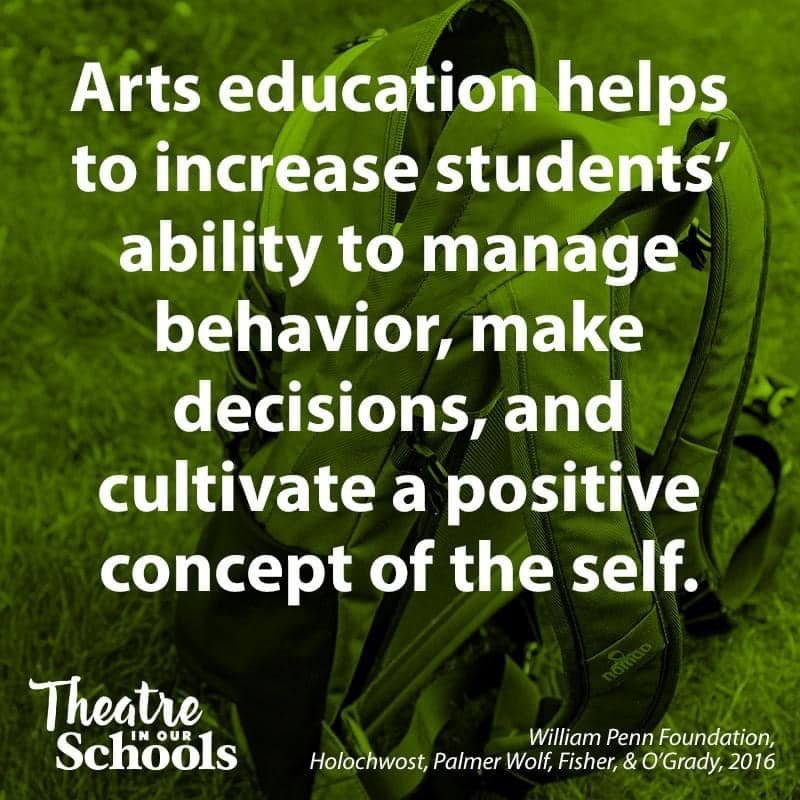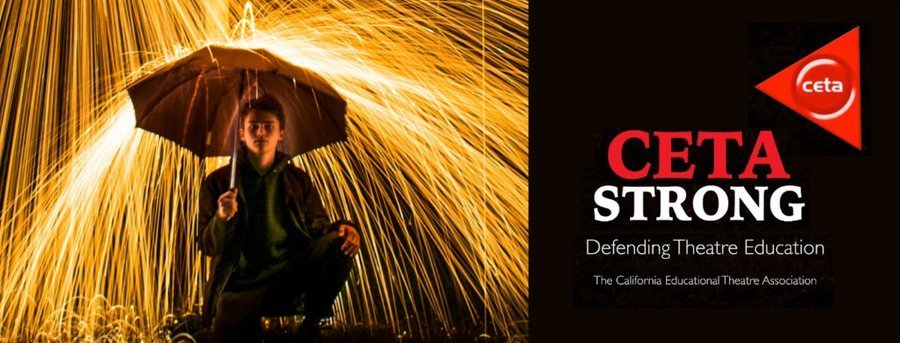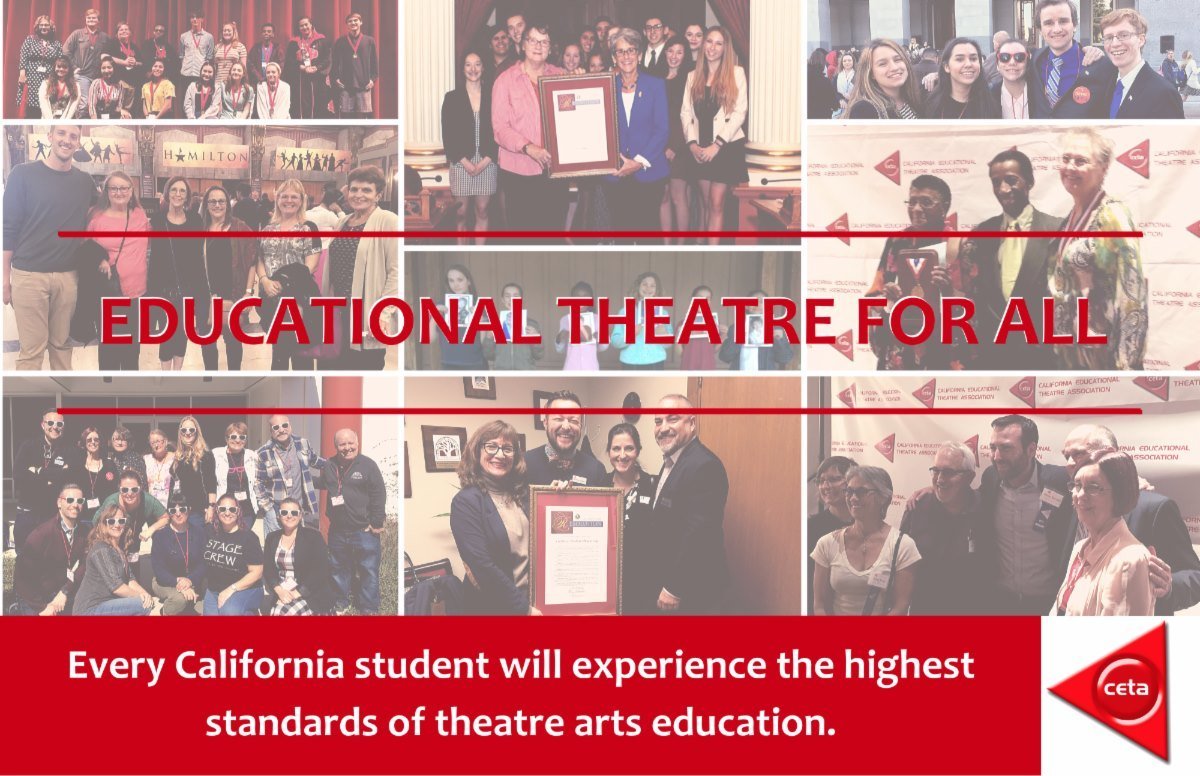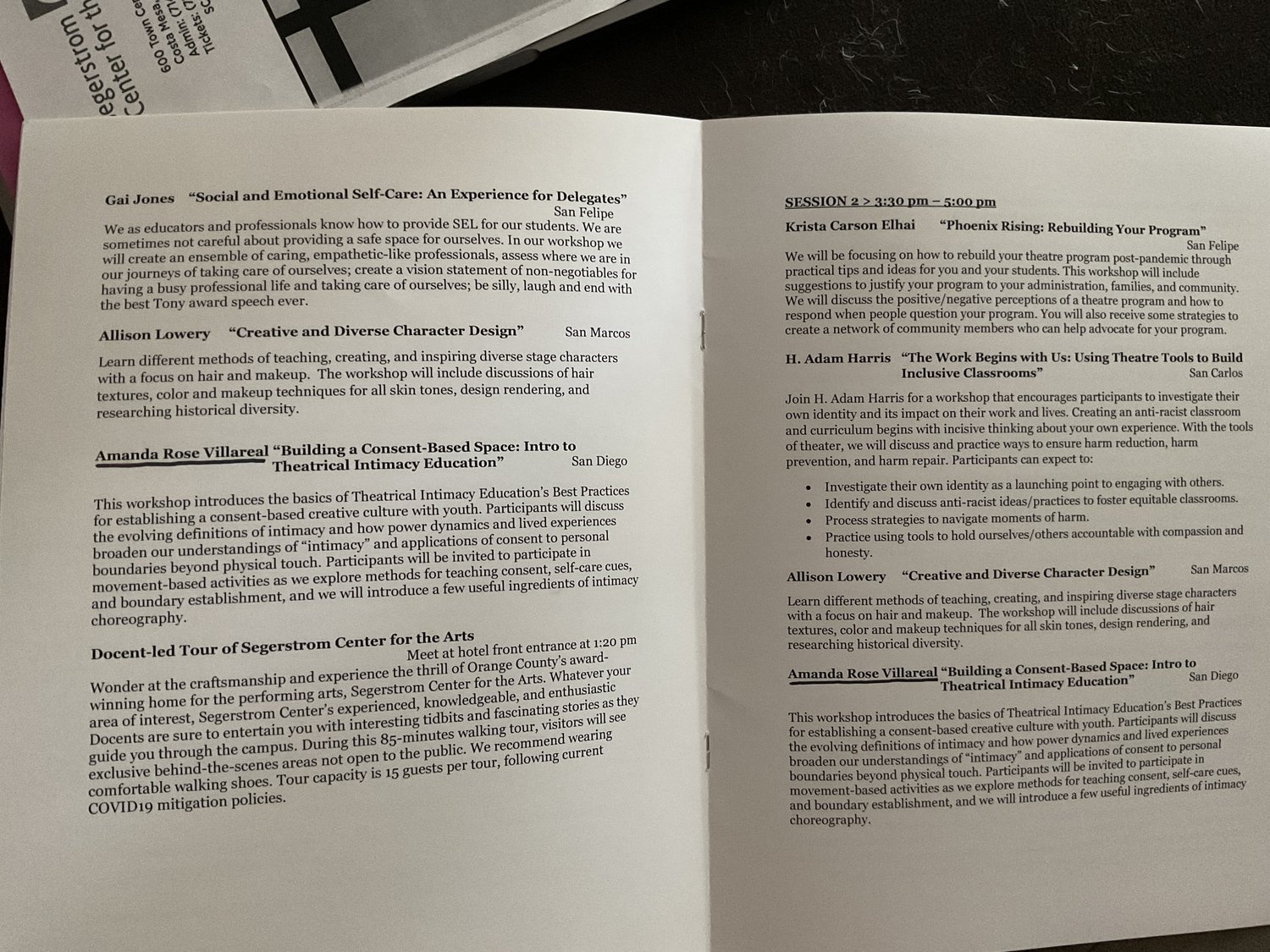Consent for K-12 Classrooms
I taught theatre in K-12 settings for over a decade.
In Austin, I worked at a high school and was assistant director of two productions that placed in the top three at State UIL. One—Over the River and Through the Woods—won the UIL One-Act Play State competition.
In the Houston area, I taught theatre, film editing, and technical theatre to students in grades 7-9, simultaneously directing plays at local community theaters, at the junior high, and at high schools.
In Denver, I taught ECE (3-4 year olds) through 5th graders at a school where students spoke over 30 languages at home. I facilitated a devising process with students in grades 1–5, during which students created a play about the refugee experience, which performed at the Denver Center for the Performing Arts educational stage. We created a musical that used songs from students’ home countries. We performed and competed in the DPS Shakespeare Festival—the largest K12 Shakespeare Festival in the US.
In Greeley, Colorado, I taught 6-8 graders; after school, I drove to the high school where I directed plays and musicals in the after school theatre program (there were no theatre classes).
In Fort Collins, I worked with 7-14 year olds, directing one-act musicals largely pulled from the Broadway Jr. catalog.
Returning to Denver, I taught at a school that housed 6th through 12th grade and concurrent enrollment programs. I taught theatre classes and concurrent enrollment Acting I; directed the design and performance of haunted houses, musicals and plays; and guided students in the process of devising, rehearsing, and performing new works.
In Boulder, I taught and directed junior and high school students in plays, musicals, and devised pieces and ran a summerstock program for young performers.
In all that time, I taught and directed theatrical performance (acting, movement, devising, as well as technical theatre and both performance and editing for film/video). And I always worked with students, collaboratively finding ways to tell stories that worked for their boundaries.
This was hard, sometimes. I faced pushback. Other faculty, and sometimes administrators, that I worked with told me everything ranging from “you have two degrees in frivolous shit” and theatre didn’t belong in the curriculum, to “you need to prepare them for the profession” where they won’t have options, but will have to do whatever a director says in order to survive.
But, here’s the thing.
Children are not adults in a professional field.
Children are socialized to acquiesce to whatever an adult tells them to do—especially within school settings.
Children’s brains are not fully developed, and forcing them to do something that violates them physically or emotionally can cause trauma.
Survival is not consent. And directing by manipulation or coercion is not art… it might be abuse.
Did students sometimes kiss, swear, or complete stage combat in my productions? Yes. Did we find other ways to illustrate those stories onstage sometimes? Also, yes.
As teachers, we should have, and feel confident in using, the tools to do both:
Create choreography that stages a story through realistic performance in a consent-based way with students.
Craft symbolic ways to communicate the story when realistic representations do not work for a student’s current developmental, educational, and personal needs.
For this reason, I was so excited to be invited to present “Building a Consent-Based Space” at the California Educational Theatre Association’s conference. I want to arm teachers with these tools. I want teachers to feel empowered in crafting performances and pedagogical approaches that are “ethical, efficient, and effective” (that’s the motto for TIE) so that “every California student will experience the highest standards of theatre arts education” (that’s the CETA Vision).




